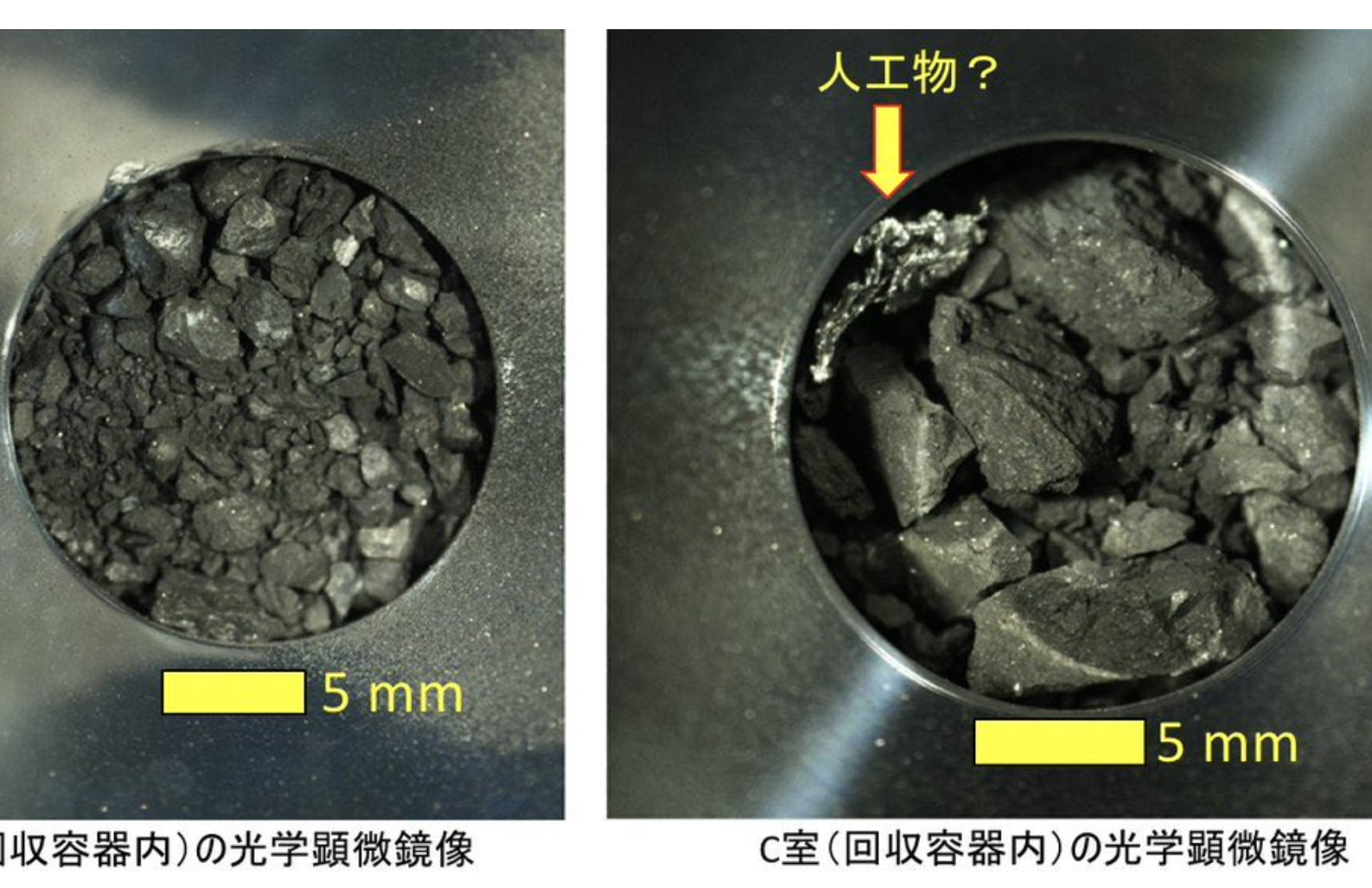The Japan space agency, more commonly known as Jaxa, will use Hayabusa2 to test for new asteroid deterrent methods. The iconic spacecraft launched in 2014, and then returned asteroid samples from Ryugu, after traveling more than 900 million miles away from Earth. In 2031, the spacecraft will pass close to an asteroid to study it more in-depth.
Hayabusa2 has made quite a name for itself, having returned its store of sample material from Ryugu in 2020. Now, the little spacecraft is headed to study asteroid 2001 CC21. But, in 2031, Hayabusa2 will fly close to an asteroid called 1998 KY26. This school bus-sized asteroid is what astronomers call a fast-spinner, and its orbit crosses with Earth’s, Jaxa says.
Hayabusa will fly close to the asteroid, and release a target marker onto it, which will allow scientists to study the rotation of the asteroid with better accuracy. Studying these asteroids has always been difficult with ground-based telescopes. It’s also possible that once Hayabusa2 reaches its end-of-life, Jaxa will choose to test using the spacecraft as a battering ram, too. But the agency hasn’t shared any exact plans just yet, SCMP notes.

With so many asteroids hiding out there in space, and with older projects like NEOWISE coming to an end, finding ways to combat the deadly force of these asteroids is paramount for NASA, Jaxa, and other space agencies.
NASA previously tested another method of asteroid deterrent using its DART or Double Asteroid Redirection Test, which launched in November of 2021 and then crashed into the asteroid Dimorphos in September of 2022. The results of that test proved that what amounts to a battering ram can change the path of an asteroid. But any information that Hayabusa2 can glean from 1998 HY26 will help scientists and engineers create new ways to deflect asteroids that are earthbound.
It’s an intriguing mission and one that could prove quite challenging for Hayabusa2, as the spacecraft was not designed to complete flybys like the one it will need to do as it studies 1998 HY26.








